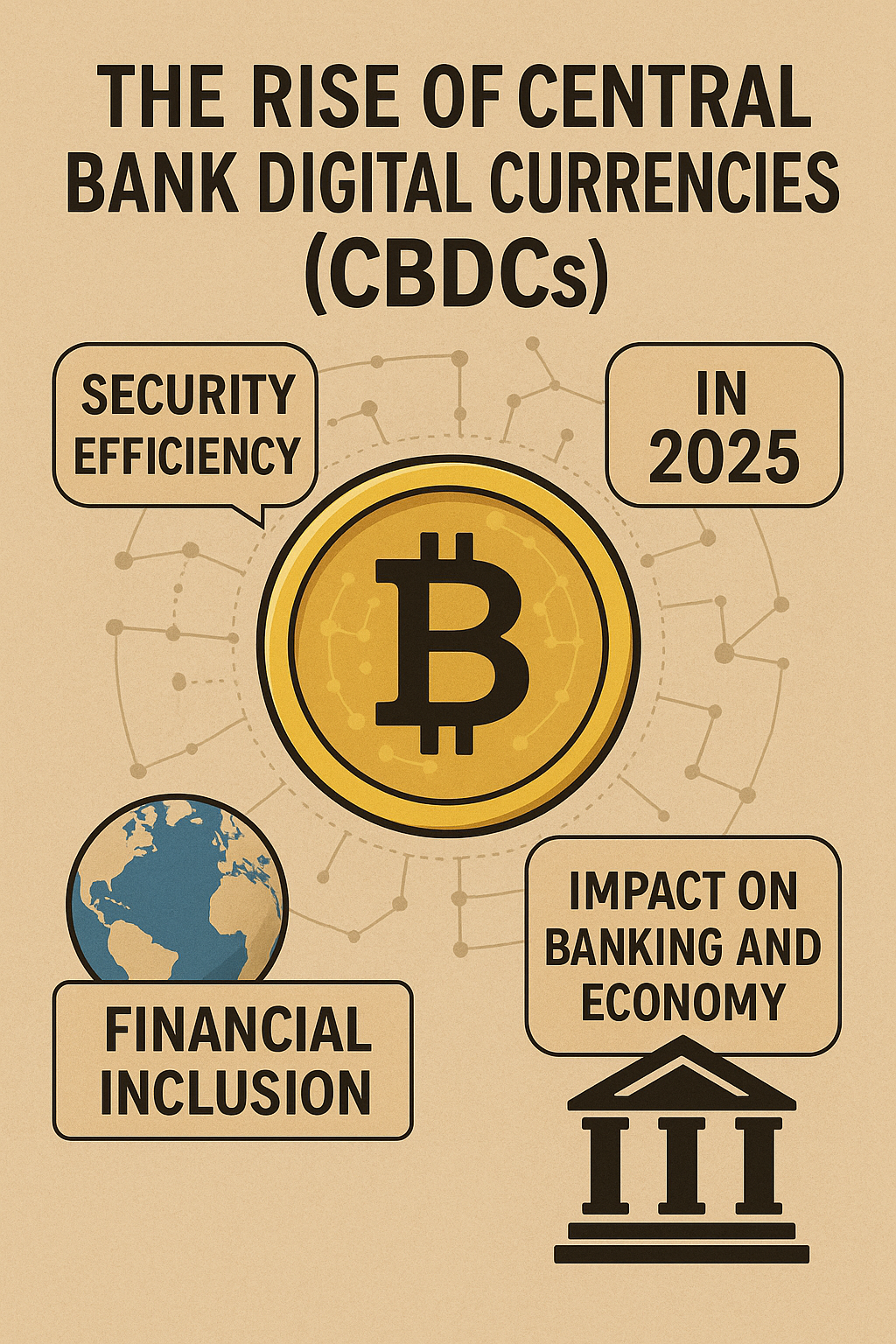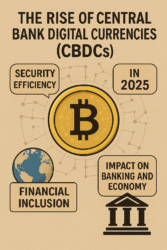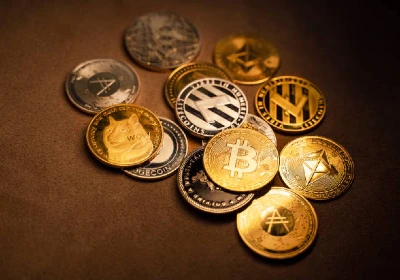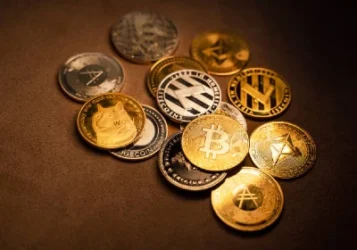Trust Wallet Review 2025: Is It Safe and Worth Using?
If you are new to crypto or looking for a secure mobile wallet, Trust Wallet is a very popular option. This wallet is the official wallet of Binance and you can safely store your crypto assets on it. Trust Wallet is a non-custodial wallet, which means that the private keys are only with you – not with any third party.
According to the crypto trend of 2025, the use of mobile wallets has increased a lot, and Trust Wallet has improved its features and usability a lot. Nowadays people need a simple and fast wallet that supports multiple coins — and Trust Wallet delivers exactly that.
For users who want to earn from platforms like crypto30x.com, Trust Wallet is the perfect tool as you can invest, staking and handle NFTs directly through dApps. It supports Binance Smart Chain (BSC), Ethereum, and many other blockchains.
So if you are serious about the crypto ecosystem, Trust Wallet can be a safe and powerful mobile wallet for you that can become an integral part of your journey to financial freedom Also learn about top 7 scam in 2025.

What Is Trust Wallet and How Does It Work?
Trust Wallet is a multi-crypto mobile wallet originally created by Viktor Radchenko in 2017 and later acquired by Binance. Its main job is to keep your crypto assets safe and give you easy access to your coins and tokens.
This wallet is available on both Android and iOS, and its user interface is so simple that even beginners can use it without any technical problems. You just have to install the app, generate a wallet (or import an existing wallet), and then you are ready to manage your assets.
Trust Wallet is decentralized, which means it doesn’t run on any centralized server — your private keys are stored on your phone, not on any company’s server. This is a very important factor for security.
In this wallet, you can directly swap tokens, access dApps, and even do staking. Trust Wallet also provides a browser in which you can use Decentralized Applications (DeFi dApps) — without any third party.
Why Trust Wallet Is Ideal for Beginners
Trust Wallet is an ideal choice for beginners because it is very easy to use and does not require complicated technical settings. As soon as you open the app, you get clear options: create a new wallet or import an existing one. This process takes about 2 minutes.
It has a clean interface, where you can easily see your coins, track your balance and verify transactions. Any new user with even a basic knowledge of crypto can operate Trust Wallet without any confusion.
Trust Wallet gives beginners full control over their funds. When you create a wallet, you get a 12-word recovery phrase which is the backup key for your wallet. This phrase is the master key of your wallet — it is very important to keep it safe.
On platforms like Crypto30x.com, you get some such tokens which are not supported by common wallets. Trust Wallet also provides the facility to manually add these tokens, so that beginners can easily manage those tokens as well.
Top Features of Trust Wallet in 2025
The new features of Trust Wallet in 2025 have made it even more powerful. First of all, let’s talk about multi-asset support — Trust Wallet now supports more than 4.5 million tokens and coins including Ethereum, BNB, Solana, Polygon, and Layer 2 tokens.
Another amazing feature is in-app staking, in which you can earn passive income by staking your coins. It offers you different staking options including APR (Annual Percentage Rate) so you can easily decide.
Trust Wallet’s built-in DApp browser is a game changer. You can directly access DeFi applications like PancakeSwap, Uniswap, or dApps like crypto30x — without opening the browser. This feature makes the mobile DeFi experience seamless.
The wallet has also made improvements security-wise — you can now enable biometric login, passcode, and auto-lock features. As per the 2025 market, Trust Wallet has become a feature-rich and user-focused wallet.
Trust Wallet vs MetaMask: Which Is Better?
MetaMask and Trust Wallet are both popular crypto wallets, but their usage cases are slightly different. MetaMask is more popular for desktop users, while Trust Wallet is optimized for mobile users. If you use platforms like crypto30x.com, then the mobile experience will be better with Trust Wallet.
MetaMask mainly supports Ethereum and compatible blockchains, while Trust Wallet supports multiple blockchains (like BSC, Solana, Polygon). So if you want more variety For these assets and DeFi support, Trust Wallet will be better.
Trust Wallet has a built-in DApp browser, but this feature is limited in MetaMask on mobile. This means that you can access DeFi protocols from Trust Wallet without any extra browser, which is more convenient.
Both wallets are non-custodial, but Trust Wallet seems a bit easier in terms of being beginner-friendly. If you are a beginner or want to explore more blockchains, then Trust Wallet is the best choice for you.
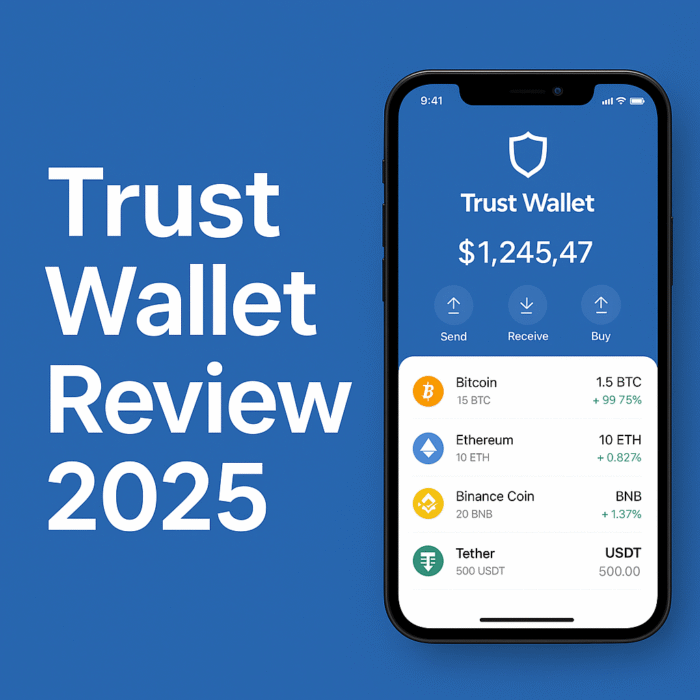
Trust Wallet Fees and Supported Coins
Trust Wallet is free to use — there are no extra fees for installing the app, creating a wallet, and receiving/sending transactions. But when you make blockchain transactions (such as sending ETH or swapping tokens), you pay a network fee, which varies from blockchain to blockchain.
For example, Ethereum transactions incur gas fees that can be high or low depending on network congestion. BSC (Binance Smart Chain) is comparatively cheaper, so users mostly prefer BNB-based tokens in Trust Wallet.
Trust Wallet supports over 70+ blockchains. It supports up to 4.5 million tokens in addition to major coins like BTC, ETH, BNB, SOL, MATIC, LTC, TRX, including meme coins and altcoins that you get on sources like crypto30x.
If you are unable to see any token in the list, then you can also manually add tokens through the contract address in Trust Wallet. This feature is very helpful for advanced users.
How to Use Trust Wallet to Buy Crypto
Buying crypto in Trust Wallet is quite simple. There is a “Buy” option within the app itself, in which you can get crypto from credit card/debit card through third-party services (like MoonPay, Transak, Simplex). This feature is best for beginners who find the exchange process complex.
When you choose the “Buy” option, you have to select the amount and choose your coin (BTC, ETH, BNB, etc.). After that the app redirects you to the trusted provider’s page where you complete the payment.
Once the payment is done, the crypto is directly reflected in your Trust Wallet. You can also verify by checking the transaction history. This saves you the hassle of buying crypto from a centralized exchange and then manually sending it to the wallet.
On platforms like Crypto30x.com, you get tokens that are not directly available on exchanges — using Trust Wallet is very convenient for buying them through DApps.
Pros and Cons of Using Trust Wallet
The pros of Trust Wallet are pretty clear — user-friendly interface, wide coin support, staking, NFT storage, and built-in DApp browser. Everyone from beginners to advanced crypto users can easily connect with this app.
The biggest advantage is that you get full control over your funds. Being non-custodial, your private keys are only with you, not with any company or exchange.
The drawback of Trust Wallet is that it is only for mobile devices. Desktop support is not yet available. Some users have difficulty due to this limitation if they have to manage crypto on a PC.
Another drawback is that sometimes after app updates some tokens become temporarily invisible — although this is fixed, but beginners may find it confusing. But overall, Trust Wallet still ranks among the top mobile wallets from a security and convenience point of view.
Is Trust Wallet Safe? Security Explained
Trust Wallet’s security system is quite strong, especially for a mobile-based crypto wallet. When you create a wallet, you get a 12-word recovery phrase that backs up your private key. This phrase should never be shared with anyone — otherwise your wallet could be compromised.
You can also apply security layers to the app such as biometric lock, passcode, and auto-lock. These features prevent unauthorized access. Trust Wallet’s code is open-source, which means it has been tested and audited by the community.
Trust Wallet also sends regular security reminders to prevent phishing such as: “Do not enter your seed phrase on an unknown site.” This is especially important when using dApp platforms like crypto30x.
Trust Wallet stores the private key on your phone — not on an online server. So as long as your phone is secure and your seed phrase is secure, your crypto is secure too.
Trust Wallet for NFTs: A Quick Guide
Trust Wallet also offers NFT support — you can store and manage NFTs from the Ethereum, BSC, and Polygon networks. The app has a “Collectibles” section where your owned NFTs are displayed. This feature is very useful for NFT investors.
Receiving NFTs in Trust Wallet is simple — you can transfer NFTs from an NFT marketplace (OpenSea, etc.) by copying the wallet address. NFTs are instantly visible in your wallet if it’s on a supported network.
If you want to connect with an NFT-based token or project like crypto30x, the built-in DApp browser is very helpful. You can mint, buy, or sell NFTs directly from the wallet — without needing any desktop setup.
Apart from keeping NFTs safe, Trust Wallet also shows their metadata such as name, ID, and image. This feature is very helpful for user experience and clarity. The future of NFTs is bright and Trust Wallet is already ready.
What is crypto30x.com and how does it relate to Trust Wallet?
Crypto30x.com is a crypto-based platform where you get updates about the latest tokens and early-stage crypto projects. Through Trust Wallet, you can safely store or trade crypto30x.com’s listed tokens using DApps.
Can I connect Trust Wallet to crypto30x.com directly?
Yes, Trust Wallet’s built-in DApp browser allows you to connect to platforms like crypto30x.com. You can easily pair using the “Connect Wallet” option.
Is it safe to use Trust Wallet for crypto30x tokens?
Trust Wallet is non-custodial and highly secure. As long as you keep your recovery phrase secure, it is safe to transact crypto30x tokens with Trust Wallet.
How do I buy tokens from crypto30x.com using Trust Wallet?
You can visit the crypto30x site using Trust Wallet’s DApp browser, and swap listed tokens with platforms like PancakeSwap or Uniswap — directly from your wallet.
What kind of tokens are listed on crypto30x.com?
Crypto30x.com mostly features new launch tokens, meme coins, and DeFi projects. Buying them in the early-stage is via DEX, where Trust Wallet is quite handy.
Do I need BNB or ETH to buy crypto30x tokens?
Yes, mostly crypto30x tokens are hosted either on Binance Smart Chain (BNB required) or on Ethereum chain (ETH required). Trust Wallet supports both blockchains.
Can I stake tokens I buy via crypto30x.com in Trust Wallet?
Trust Wallet allows staking for some major coins such as BNB, TRX, and ATOM. If your crypto30x token follows the supported staking protocol, then yes.
How do I verify if a crypto30x token is legit before adding to Trust Wallet?
Always verify token’s contract address from the official crypto30x.com link. Use that contract to manually add token in Trust Wallet. Avoid fake tokens with similar names.
Are there any fees when swapping crypto30x tokens using Trust Wallet?
Yes, every swap incurs a blockchain network fee (gas fee). For BSC it’s low, but for Ethereum-based tokens, the fee may be slightly higher. Trust Wallet itself does not charge any extra fees.
What should I do if a crypto30x token doesn’t show up in my Trust Wallet?
To add Token manually, use “Add Custom Token” option. The token becomes visible by entering the correct contract address. Make sure network (BSC or ETH) is correct.


